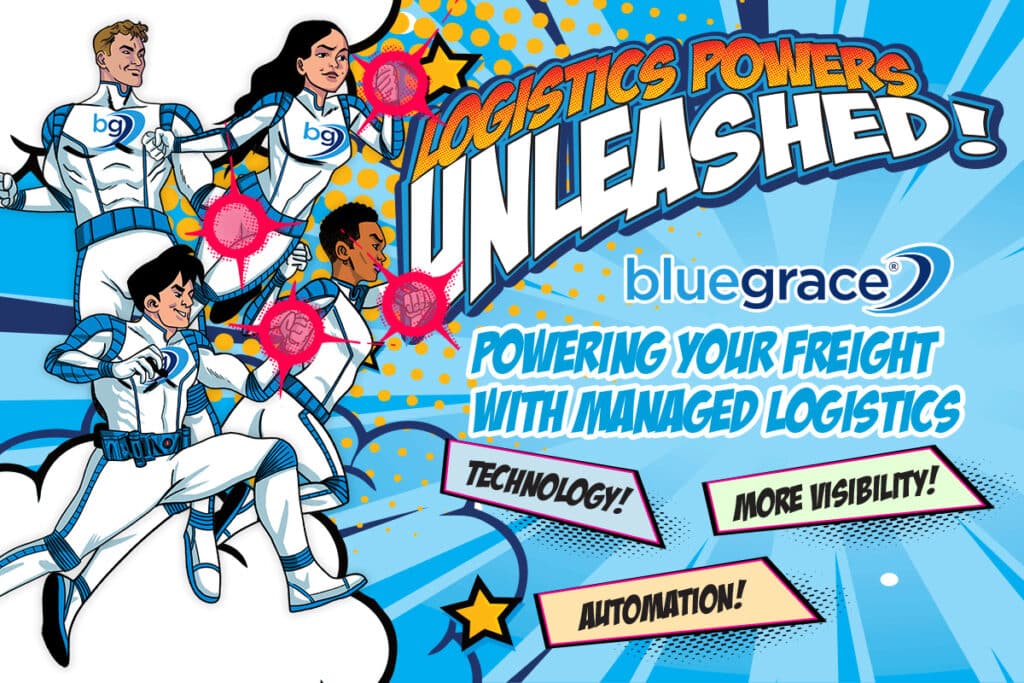

Supply chains are evolving fast. To keep up with the fast pace of supply chain evolution it is important for supply chain planners to upgrade their skills and step up their business planning and forecasting techniques. If the planners lag behind, it will have an adverse impact on not only the supply chain but also on the organization as a whole.
The Gartner Supply Chain Planning Summit held in Denver, USA, in November 2019, emphasized this very aspect. According to Marko Pukkila, Vice President and Team Manager, Gartner, who shared his views during the summit:
“The job description of SCP leaders today looks totally different than 10 years ago. It’s no longer enough to provide copious amounts of data — planners must use the data to draw conclusions about future risks and opportunities. It’s all about supporting business objectives. Gartner calls this an outside-in mindset.”
What is the Outside-in Mindset?
As Gartner defines it, the outside-in mindset is about being
“aware of what is happening around you — be it a business objective or an upcoming recession — and use the capabilities of the planning function proactively to set up internal processes that are optimized for whatever will happen in the future.”
In simple terms, the outside-in mindset is about understanding external factors and the impact they will have on the business objectives. It is about creating a system that can not only take into consideration the impact of these outside forces but can also respond quickly to the ever-changing global economic-social-political environment. It is about creating a planning process that is agile and flexible enough to integrate future events.
What are some situations where the outside-in approach would help?
Let’s take the US-China trade war situation. This scenario has been in existence since 2018. It has impacted the trade relations between the two nations. Needless to say, it has had an impact on the supply chains of the organizations of the two countries. For example, Chinese organizations that were exporting to the US may have seen a decline in the orders due to tariffs or the US organizations would have had to reduce quantities of goods imported from their Chinese counterparts. In this situation, the US companies would have to find another source (country) to fulfill their requirements and the Chinese would have to find alternative buyers for their finished goods.
While the trade war is an anomaly, as a concept is not unheard of. In this situation, organizations that may have researched and identified alternative buyers or sellers ready to do business with them in case of a change in the trade relationship between their countries would have suffered less of a set back as compared to those who may have neglected to take this factor into consideration.
A current situation that is creating havoc on supply chains is the Coronavirus virus outbreak. An article published on February 14, 2020, in The Wall Street Journal which quotes Lars Jensen, head of Denmark-based maritime research group Sea-Intelligence, saying:
“Substantially less cargo is being moved between China and the rest of the world. Last week we had an additional 30 sailings canceled, with 23 across the Pacific and the rest to Europe.” The article further states that “Mr. Jensen said the canceled trips, which have topped 50 since late January, will delay or reduce shipments into the U.S., where retailers may see a slowdown in their traditional restocking of inventories for the spring.”
Another article titled The new coronavirus could have a lasting impact on global supply chains published in The Economist shares the example of Apple supply chain which manufactures a bulk of its iPhones in China, being impacted by the virus outbreak.
According to the article, “Analysts reckon that the virus could lead to Apple shipping 5-10% fewer iPhones this quarter and could scupper its plans to ramp up production of its popular AirPods.”
These are just two instances that are coincidently related to one of the major economies of Asia and will have an impact on US businesses. But there are many other situations that may not have a far-reaching, global effect but can disrupt the supply chain at a local level. For example, labor strikes can impact day-to-day operations and create a backlog in the supply chain. Supply chain planners need to factor in local incidents as well while making supply chain plans.
The Gartner outside-in approach suggests that it is important for supply chain planners to be able to read the data and information available to them and identify possible outliers – roadblocks, challenges, and opportunities, in the future. They should then incorporate solutions or plans to be able to navigate their supply chain should those outliers become a reality in the future.
How to incorporate the outside-in approach in supply chain planning?
To incorporate the outside-in approach in supply chain planning, Gartner advises a 3-step process:
1. Realize that the time to transform is now: Citing the 2008 – 2010 economic recession, Gartner says that organizations that were ready with planning processes in place that provided forward-looking insights fared better during and post the recession than those who tried to streamline their supply chain after the recession hit. To put it simply, there’s no time like the present to streamline the supply chain with the evolving global business, economic, political and social scenario. While the change may seem to be in the distant future, it is wiser to prepare the supply chain for it today.
2. Refocus the planning team to business outcomes: Organizations need to understand that supply chain planning and business planning are not independent of each other. Explaining this point, Gartner says: “It’s no longer enough to just provide a forecast — planners must use the forecast to find pathways that guide the business to where it wants to go. Think of an advanced navigation system that doesn’t only plot the best route, but also foresees roadblocks and traffic jams and navigates around them.” Further adding, that the planners need to be able to convince the other stakeholders why this plan is good for the business and how it will help them succeed.
3. Become the orchestrator of success: The supply chain planners need to take the lead on creating cohesion between the different departments of the organization and their business plans. Explaining the point, Marko Pukkila, Vice President and Team Manager, Gartner, says: “The whole is more than the sum of its parts when all parts of the business go into the same direction. This is what planning should accomplish”.
Today supply chain planners have data available to them from every touchpoint of their business. This data, if used effectively can form a strong foundation for supply chain plans. But data is just the starting point. As the Gartner three-step process suggests, supply chain planners should use this data in a constructive manner to create actionable insights, solutions, and bring all the stakeholders on board to follow through the plan.
We know implementing an outside-in approach in supply chain planning is easier said than done. That is why our team of experts not only helps you analyze your supply chain with the help of advanced technology but also guides you in finding effective and efficient solutions to address the issues in your supply chain. Get in touch with our team to know more!


